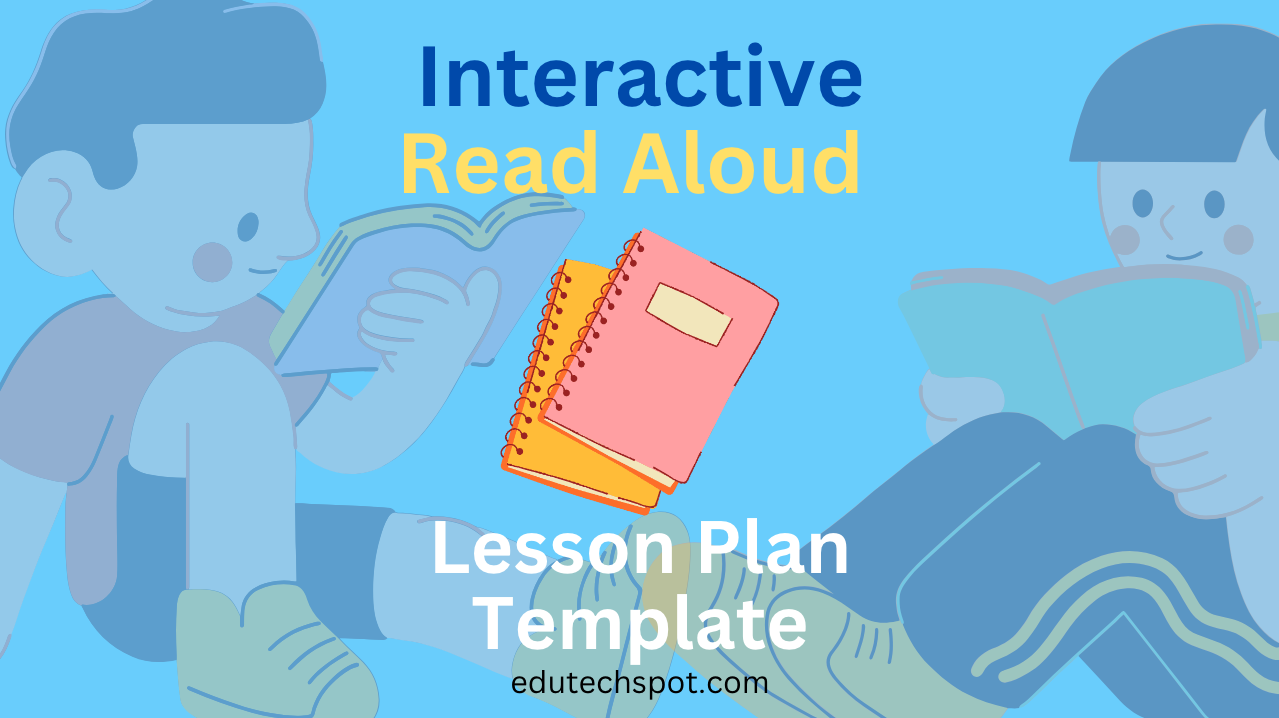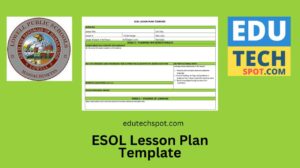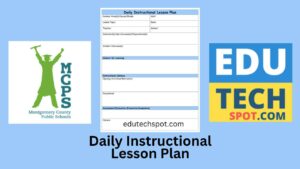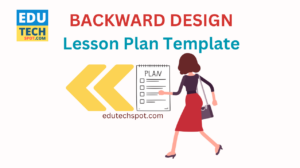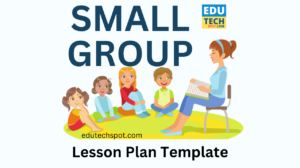Interactive Read Aloud Lesson Plan Template that you can use. Interactive read-alouds are a cornerstone in fostering a love for reading while instilling essential skills in students. This article will guide you through the process of creating an effective interactive read-aloud lesson plan template. I believe that combining insights from various sources, we aim to provide a comprehensive guide to make your interactive read-alouds both engaging and educational.
Interactive Read Aloud Lesson Plan Template in Word Format
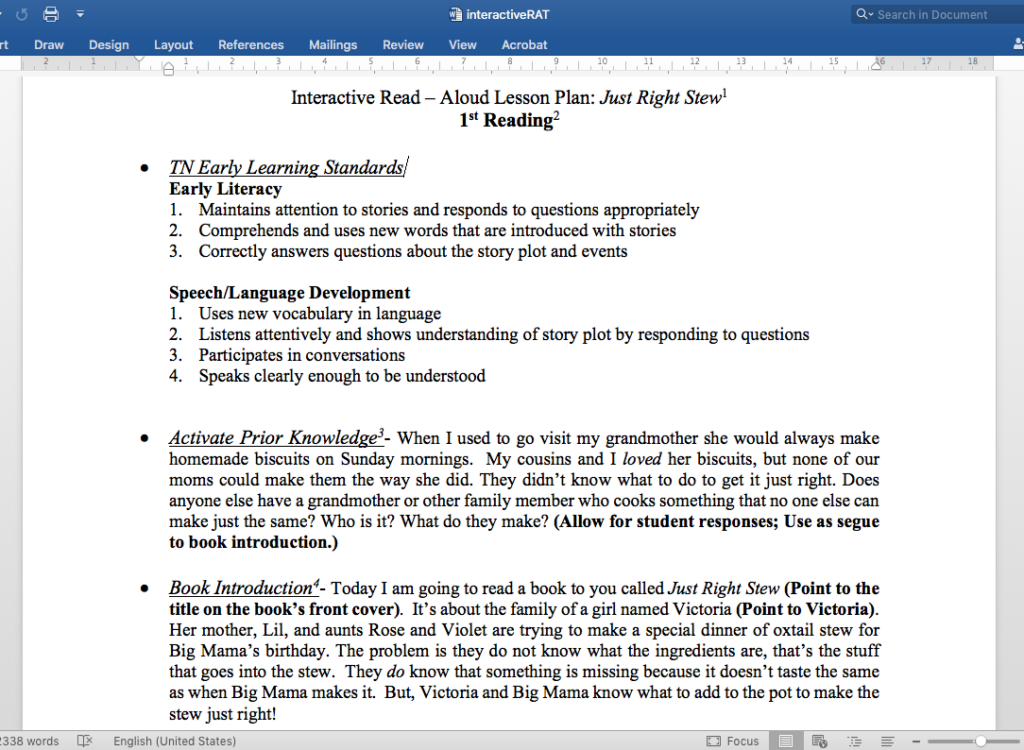
The Benefits of Interactive Reading
Interactive reading serves as a powerful tool to enhance students’ learning across various subjects. It expands content knowledge by incorporating read-alouds into different curriculum areas, improving reading comprehension through explicit print referencing, and promoting understanding of print features.
How to Plan an Interactive Read Aloud
Creating an interactive read-aloud lesson plan requires careful consideration and preparation. Here are steps to help you plan each session:
1. Select a Suitable Book
- Choose a book slightly above grade level, tying into multiple curriculum areas.
- Opt for lesser-known books by popular authors or those related to upcoming events.
- Explore fiction, nonfiction, poetry, or age-appropriate news articles.
2. Preview the Book
- Read through the book, noting questions and thoughts for “think aloud” moments.
- Utilize interactive read-aloud questions to guide your preview, promoting engagement.
3. Prepare Your Space
- Adjust your reading area based on planned activities.
- Ensure visibility to all students and strategically place additional support for those in need.
4. Introduce the Book
- Display the cover, discuss initial thoughts, and encourage predictions.
- Engage students by relating the book to prior knowledge and encouraging discussion.
5. Read the Book in Sections
- Pause for discussions, questions, and predictions after each section.
- Use different discussion formats, such as turn and talk, break-out groups, and large group discussions.
6. Wrap It Up
- Conclude with meaningful questions about the book.
- Implement follow-up activities to reinforce learning.
Getting Creative with Interactive Reading
Enhance the interactive read-aloud experience with creative elements:
- Use Puppets: Introduce puppets as characters or reading “helpers” for added engagement.
- Get Into Character: Dress up and act as a character from the story to immerse students.
- Use Different Voices: Change your voice for various characters to add excitement.
- Incorporate Props: Use relevant classroom objects to support the reading.
How to Create Interactive Read Aloud Lesson Plans in 3 Simple Steps
Building on the benefits and creative aspects, let’s delve into a structured approach for creating interactive read-aloud lesson plans:
1. Choose a Book with Intentionality
- Select a book aligned with curriculum areas and slightly challenging for students.
- Consider genre, diversity, and vocabulary opportunities.
2. Get to Know (and Love) the Book
- Thoroughly read the text, identifying natural stopping points for discussions.
- Familiarize yourself with the book’s direction and complexity.
3. Set a Purpose
- Define the purpose of your read-aloud, whether it’s modeling a strategy or focusing on a standard.
- Select 2-3 focus skills and adapt them based on the book’s genre.
Utilizing Kid-Friendly Definitions and Pictures
Incorporate explicit vocabulary instruction into your interactive read-alouds:
- Select Vocabulary Words: Choose 3-4 common, important words with kid-friendly definitions.
- Teach the Words: Introduce words during the read-aloud, encouraging context clues and prediction.
Planning Questions and Activities
For a well-rounded interactive read-aloud lesson plan, consider the following:
- Set a Purpose: Define the purpose of the read-aloud, whether it’s modeling a strategy or focusing on a standard.
- Select Vocabulary Words: Choose 3-4 common, important words with kid-friendly definitions.
- Plan Questions and Activities: Prepare open-ended questions for before, during, and after the read-aloud.
Advantages of Implementing IRA?
As per McGee and Schickedanz (2007), numerous advantages associated with the utilization of Interactive Read-Alouds (IRAs) have been documented in other scholarly investigations. These benefits encompass improvements in vocabulary, comprehension strategies, story schema, and concept development. The efficacy of IRAs is attributed to their systematic instructional methods, which involve the teacher:
- Demonstrating higher-level thinking through modeling,
- Positing thoughtful questions to elicit analytical discussions,
- Facilitating the recall of story elements,
- Engaging in repeated reading of a single book,
- Exploring topic-related books, and
- Infusing short definitions of words and phrases intermittently during the reading process (McGee & Schickedanz, 2007).
What to consider in an Interactive Read Aloud Lesson Plan Template
| First Reading | Second Reading | Third Reading | |
| Book Introduction | Give 3 or 4 sentences introducing the main character and central problem. Use the illustrations on the book cover, back, and title page as needed. | Remind children they know the characters and some things that the character does. Ask questions about characters and the problem. | Invite children to identify the problem and describe the solution. Have children recall the title of the book. |
| Book Reading | Insert vocabulary enhancments for 5 – 10 vocabulary words by pointing to illustrations, gesturing dramatically, or inserting a few definitions. Make comments that reveal what the main character is thinking or feeling. Ask a few follow-up analytical questions based on comments. | Insert vocabulary enhancements for the same vocabulary, including more verbal definitions. Make comments that reveal what other characters are thinking or feeling. Ask more analytical follow-up questions. | Before reading a double page, show the illustration and ask, “What is happening here?” Follow up children’s comments by extending comments or asking for clarification. Read some of the pages of text. When appropriate, before turning to the next page, ask, “Who remembers what will happen next?” Call attention to some vocabulary in different contexts. |
| After-reading Discussion | Ask a “why” question that calls for explanation. Use follow-up questions to prompt answers. Demonstrate how to answer the questions by saying “I’m thinking…” | Ask another “why” question or ask, “What would have happened if…?” Use follow-up questions to prompt children’s thinking. | Ask another “why” question or ask, “what would have happened if…?” |
Source: McGee, L. M., & Schickedanz, J. A. (2007). Repeated interactive read-alouds in
The Power of Interactive Read-Alouds in Developing Reading Skills
Interactive read-alouds serve the purpose of showcasing the ideal reader’s role through teachers vocalizing their thought process while reading. This involves making students cognizant of the act of predicting and/or making inferences, and adjusting predictions based on new information. Taking place with intervals of one or two days, interactive read-alouds follow a three-reading cycle (McGee & Schickedanz, 2007).
In the initial reading, educators play an active role by reading the text aloud and providing commentary. Simultaneously, students actively listen, contribute comments, and respond to questions. Transitioning to the second reading, students adopt a more participatory role, increasing verbal engagement by responding to questions and sharing comments. In the culminating reading, students take the lead, reconstructing the story with some guidance from the teacher (McGee & Schickedanz, 2007).
Personal experiences have demonstrated that, with thoughtful planning, minimal to no teacher guidance is required during this interactive read-aloud cycle.
Guidelines for Successful Implementation of Interactive Read-Alouds
- Engage in multiple readings of the book individually.
- Deliberate on the reading objectives for students and discern the underlying processes and strategic elements embedded in the narrative.
- Identify points in the story where students’ predictions regarding its progression will be solicited and exchanged.
- Foresee areas where there is a need to enhance students’ foundational knowledge.
- Plan the formulation of questions and prediction prompts, and anticipate potential student responses.
- Remain flexible and open to adjusting plans during the read-aloud event based on student interactions.
- Following the reading, create avenues for students to delve into the stories in personalized and captivating ways.
- Allocate a sufficient amount of class time for interactive read-alouds, resisting the inclination to hurriedly proceed and curtail student participation.
Conclusion
Interactive read-alouds are a dynamic teaching tool, promoting not only literacy skills but also a joy for reading. By following these steps and infusing creativity into your sessions, you can create an interactive read-aloud lesson plan template that engages students and enhances their learning experience.
More Related to Interactive Read Aloud Lesson Plan Template
Lesson Plan Template Google Docs
Simple Lesson Plan Template
Lesson Plan Templates for Kindergarten
Weekly Lesson Plan Template [FREE]
5E Lesson Plan Template
Math Lesson Plans Template
